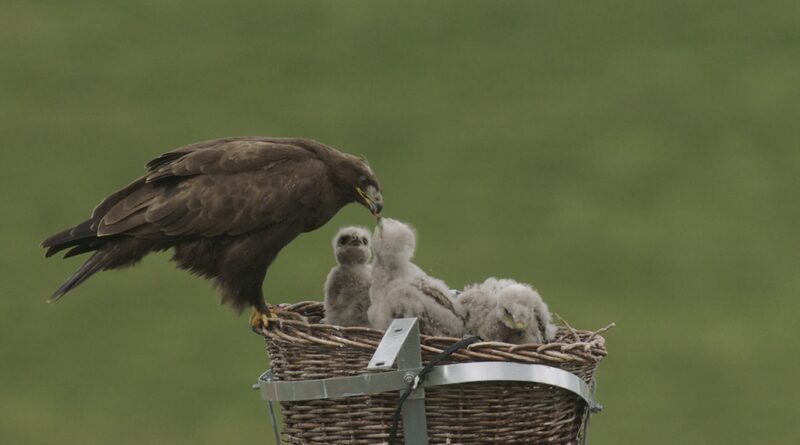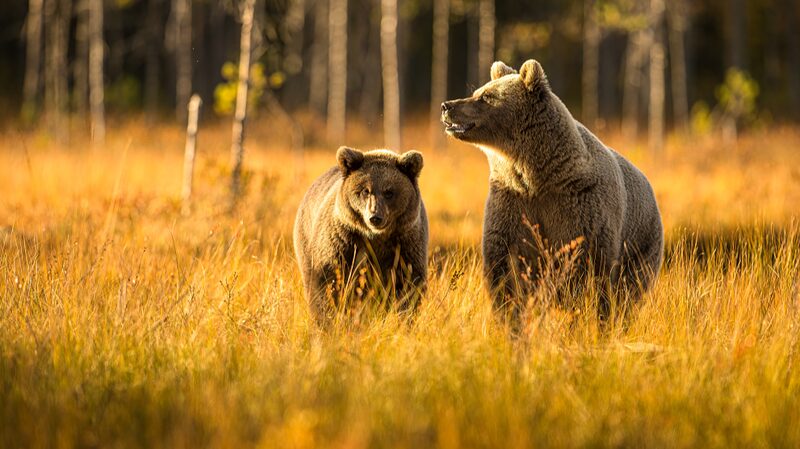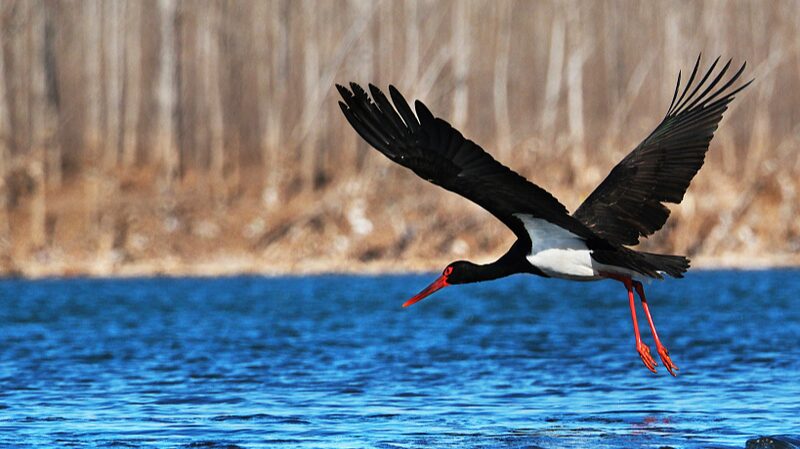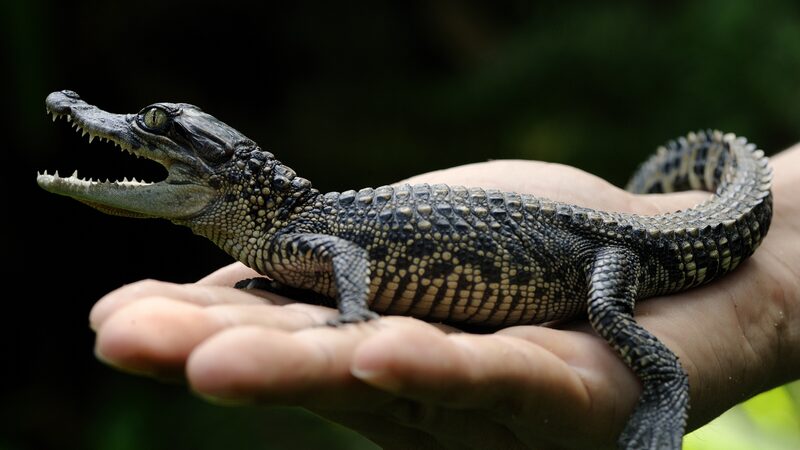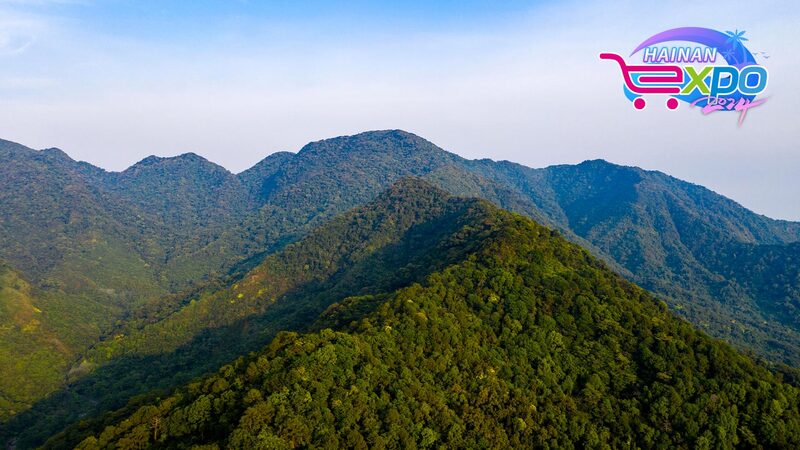In the heart of the Qinghai-Xizang Plateau, the Sanjiangyuan nature reserve has found an innovative solution to protect both its rich wildlife and vital power infrastructure. By installing artificial nests on transmission towers, the reserve is fostering a harmonious coexistence between raptorial birds like the upland buzzard and power transmission facilities.
The upland buzzard, a top predator in the grassland ecosystems, plays a crucial role in maintaining ecological balance by preying on small herbivorous animals such as pikas, voles, and marmots. As an indicator species, its presence reflects the health of the grassland environment.
Sanjiangyuan, known as China's “water tower,” is the birthplace of the Yangtze, Yellow, and Lancang rivers. Established as a nature reserve in 2000, this area boasts one of the most pristine and fragile ecosystems in the world, with altitudes ranging from 3,500 to 4,800 meters. Its diverse habitats are home to approximately 300 rare bird species, including over 20 species of raptors like golden eagles and saker falcons.
However, the expansion of power supply networks across the plateau introduced new challenges. Transmission towers, standing tall in the open landscapes, became attractive nesting and perching sites for large birds that need expansive views for hunting. This led to frequent bird-related circuit faults, accounting for up to 30% of the total line tripping incidents, as nesting materials and droppings interfered with the power lines.
Initial efforts by the State Grid Qinghai Provincial Power Supply Company to deter the birds using repellers proved ineffective. The birds quickly adapted, and the repellers deteriorated under the region’s strong ultraviolet rays. Attempts to relocate nests also failed, as the upland buzzards are highly territorial and returned to their preferred sites.
Recognizing the need for a different approach, the power company consulted local herders and experts to better understand the birds’ habits. They began crafting artificial nests designed to meet the specific needs of the upland buzzards. Unlike the first prototypes with roofs—which the birds ignored—the successful designs were open cup nests, providing the birds with a broad view to remain vigilant and facilitate feeding their young.
“We were thrilled when the first upland buzzards settled into the artificial nests,” said Sonam Tsering, a vehicle dispatcher at the State Grid Yushu Power Supply Company. “Seeing new life hatch from the nests we built was incredibly exciting for all of us.”
The power company installed the first batch of 200 artificial nests on transmission towers throughout the Sanjiangyuan area. The initiative led to a significant decrease in bird activity in high-risk areas of the towers, reducing the tripping rate of 10-kilovolt lines caused by birds by nearly 30%.
With this success, the company continues to refine the nest designs and expand their deployment in areas with frequent bird activity. This project not only enhances the reliability of the power grid but also contributes to the conservation of the region’s treasured wildlife.
“This initiative showcases how we can coexist with nature through innovative solutions,” said Xu Wenqi, a former operation and maintenance worker with the power company. “It’s gratifying to see technology and ecology working hand in hand.”
Reference(s):
Artificial nests protect birds, power grids in NW China's Sanjiangyuan
cgtn.com
